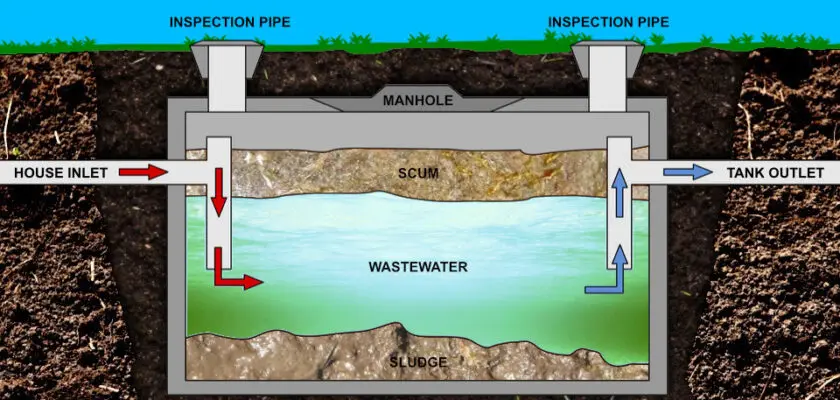The Septic system is meant to clean the domestic wastewater. We use a septic tank that is made of concrete, plastic or fibreglass. Domestic water passes through this tank so that we can extract impurities from the wastewater and reuse it for irrigation purposes. Usually, there are different chambers in the septic tanks. All these chambers have their specific function.
How does it work?
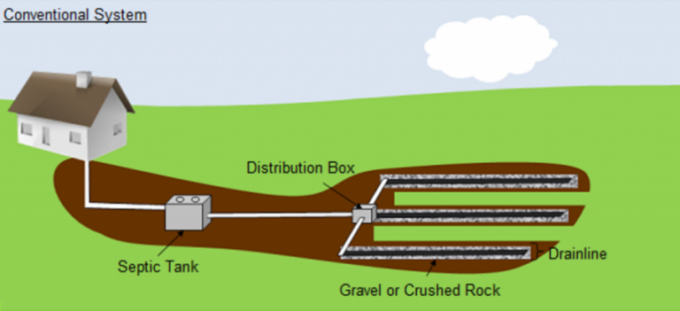
Source:facebook.com
The first chamber will get rid of an object that might get into the drains. For example, cardboard, plastic bags, or things like that. Afterward, the next chamber carries out the settling process. Here, the water is kept to rest for several hours. All the particles present in the water settle down on the surface of the chamber. Then comes the third chamber where anaerobic processes are used for the purification of water.
Finally, we get clean and treated water that can be used for various purposes. Despite the treatments, the water is not safe for drinking. Therefore, to make it drinkable, further purification is carried out. However, we can directly use this treated water for irrigation purposes.
So now you get the point? Therefore, it is very important to get a septic system from a professional. For example, full service septic offers septic pumping, repairs, and even installations. They have a licence to work and therefore, you can trust their professional capabilities.
Maintenance
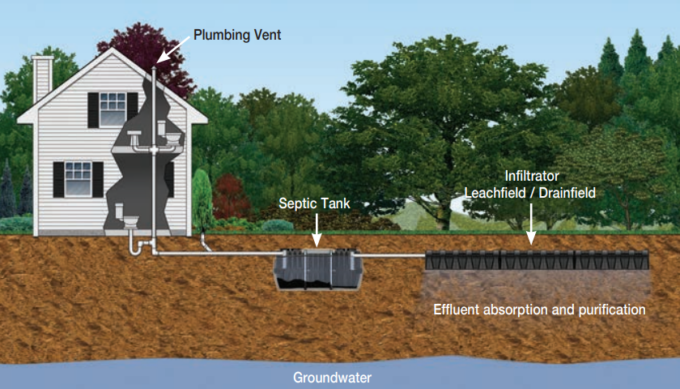
Source:pinterest.com
However, you still need to take care of things yourself. You can get professional installation but if you do not carry out regular maintenance, you will need proper cleanup in no time.
So here are some tips that you would need for a healthy septic system.
Never overload the septic tanks
Septic tanks are designed with a maximum water capacity. Overloading it would only result in improper cleanup and more frequent maintenance.
Usually, the average use of a person is 70 gallons. So if 2 or more people are living in a house, the septic system will be there accordingly. There won’t be a problem with anything because the local management will be getting the system according to the number of people in every home.
The problem arises when there is a leakage or someone leaves the tap running. This will exceed the water release and thus, there will be pressure on the septic system.
A leakage can extend the water usage to 200 gallons per household. A local treatment facility will be capable of handling this much stress.
However, things will be very different when it comes to multiple houses and several leaks. If there are people who do not care for anything and waste a lot of water and then there is a leakage in some homes, imagine the results. They would be disastrous.
1 – Check the leaks
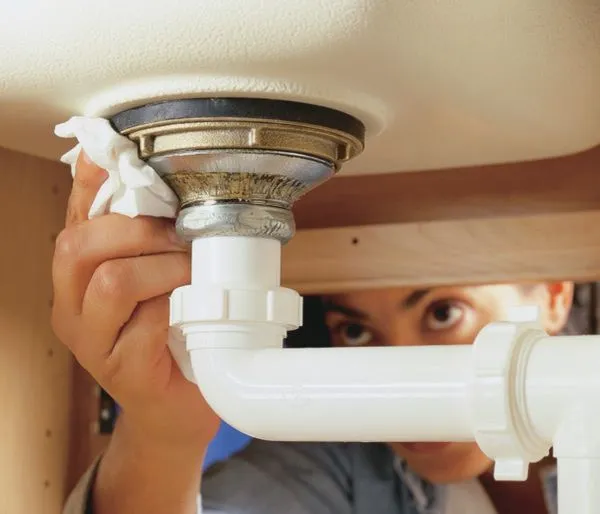
Source:youtube.com
All the water from a house goes into the septic tanks. This includes the water from your bathroom, laundry and kitchen. Therefore, in case of any leakage, you should treat it immediately. The local facility should make it a practice to inform households to be careful of leaks. It is possible that the newcomers are not aware of this system.
2 – Using less water
If there is a person who is habitual of using more water, others should discourage him. Some people get longer showers and waste too much water on flushes. So others around them should take the step to educate them.
3 – Maximizing the machine loads
While doing laundry, a lot of water is consumed. Although it is not possible to reduce the water use, you can reduce laundry timing. For example, if you are habitual of washing your dress daily, you can do it once a week. The more clothes the less water will be consumed. This is not water to clothes ratio but you can wash more shirts in the same water instead of a single one.
Automatic washing machines will get the same amount of water. Therefore, it is better to use the machine to its maximum capacity.
4 – Using efficient toilets
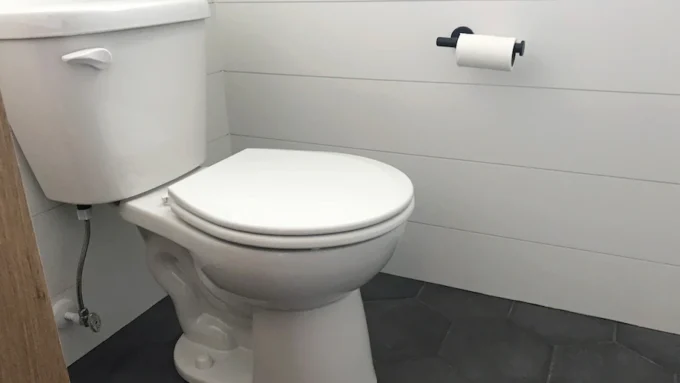
Source:angi.com
Considering the amount of freshwater left on Earth, environmental conservationists are making people aware of the consequences. As a result of this, we now have efficient toilets. They use less water per flush.
In addition to this, there are commodes with attached washbasins. You will wash your hands in the basin and that water will be stored to flush the commode.
Apart from this, there are two options for water discharge. So you should press the crescent side when you pee and a bigger button for poop.
5 – Do not throw everything into the toilet
Although toilets might seem like a garbage disposal to some of you but do not do that. The first chamber of the septic system is responsible for clearing such things. So if there is accidental disposal, the first chamber will get rid of it. However, if you deliberately threw things in there, it would become a problem. The first chamber will get blocked because of too much stuff.
Thus, it will need frequent cleaning. So wouldn’t it be better to dispose of such stuff in dustbins instead of toilets?
6 – Do not pour grease and oil down the drain
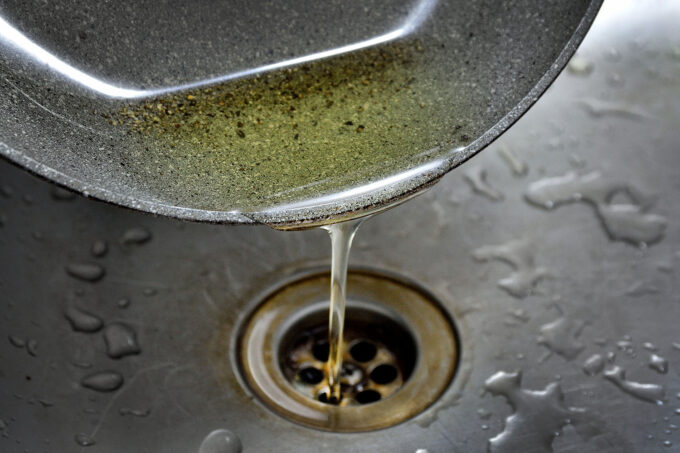
Source:facebook.com
One of the most harmful yet normal practices that almost every household carries out. We simply drain the oils. Just because it is a liquid, it does not make it water.
Water passes the pipes, not grease. The oil and grease left behind at the end of your pans should be wiped off first. You can throw this wiped-off grease into the dustbin. However, if you just pour it down the drain, it will attach to the lining of the pipes. So whether it will affect the final system or not is a secondary thing.
Firstly, it will create gunk in your drainage pipes. This will result in leakage. Thus, you will need to spend money on it. But ultimately, it will also put stress on the final septic tank facility.

